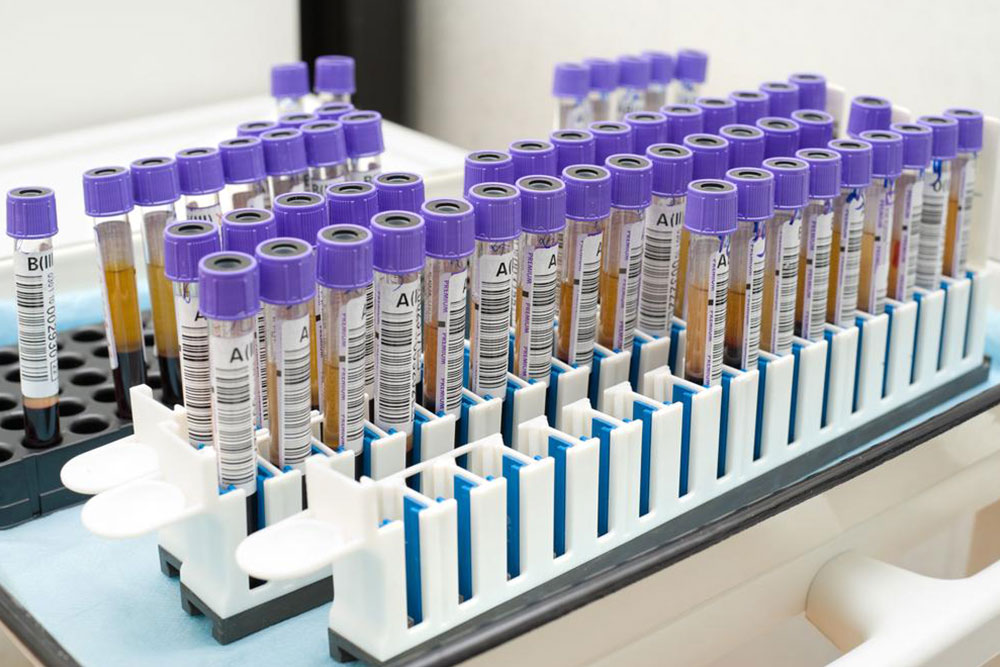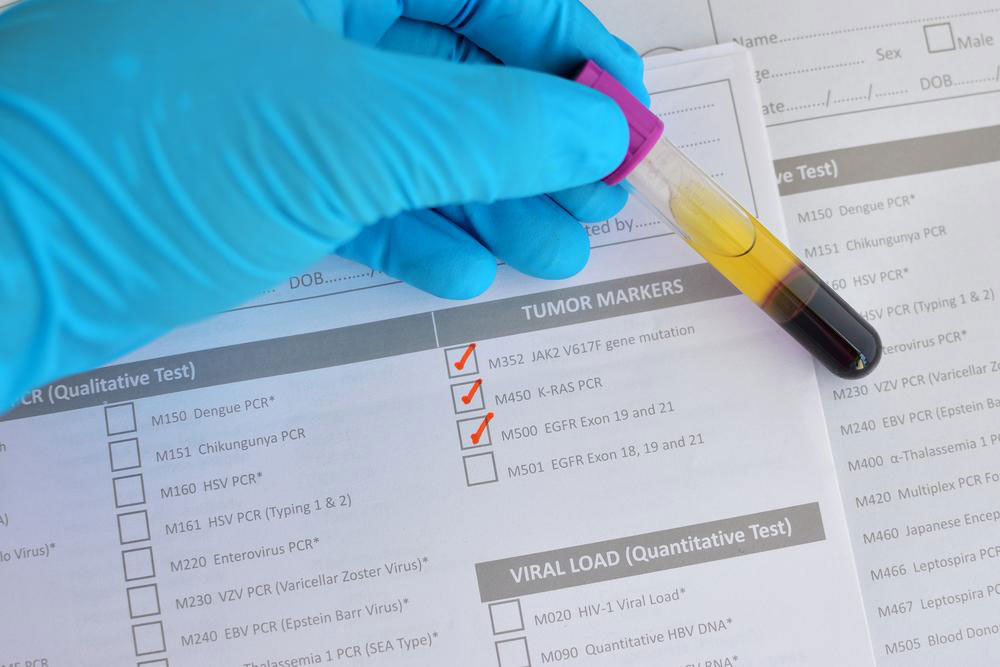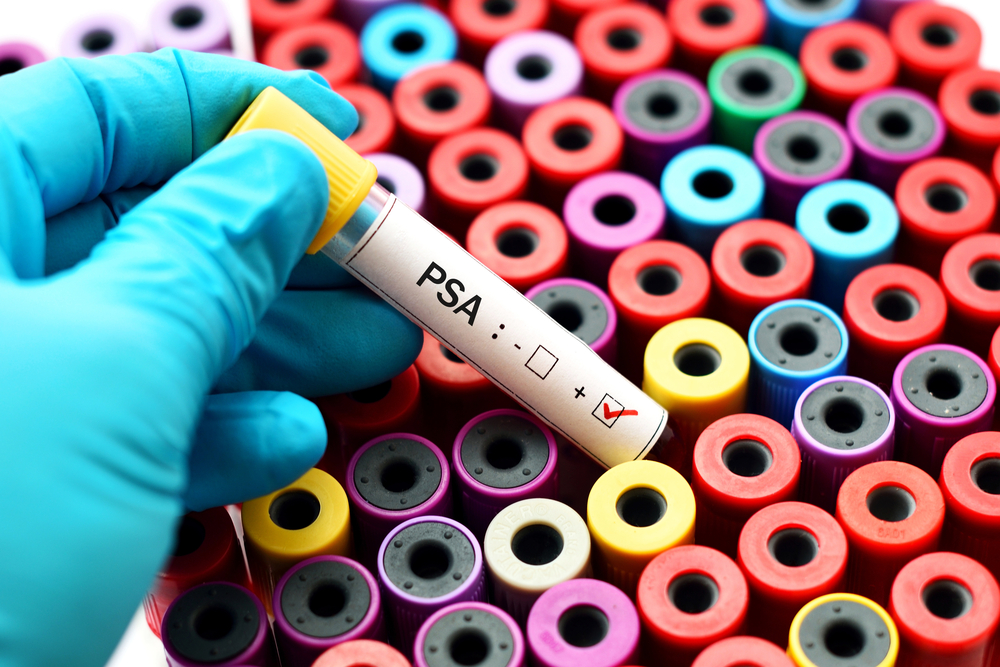Essential Guide to Age-Adjusted PSA Testing for Prostate Health
This comprehensive guide explains the importance of age-specific PSA testing in detecting prostate health issues early. It highlights how PSA levels vary with age and the significance of combined screening methods like digital rectal exams. Early detection through targeted screening significantly increases treatment success, especially since prostate cancer often shows no initial symptoms. The article emphasizes the importance of personal risk factors and ongoing research to improve prostate health diagnostics.

Essential Guide to Age-Adjusted PSA Testing for Prostate Health
Prostate-specific antigen (PSA) is a protein produced by the prostate gland to help maintain semen fluid and support sperm motility. Typically, PSA remains within the prostate ducts, but a small amount can leak into the bloodstream, enabling detection of prostate conditions like cancer. Since PSA levels are influenced by various factors, clinicians often use age-specific reference ranges to assess abnormal levels and decide if further diagnosis is necessary. This approach, developed decades ago, helps correlate PSA levels with age to facilitate early detection of prostate issues.
Given that prostate cancer is among the most common cancers in men, early identification through targeted screening is crucial.
Healthcare providers often combine PSA testing with digital rectal exams, particularly for men over 50 who are at higher risk of prostate disease. In age-adjusted PSA testing, a blood level of 4 ng/mL or higher is considered abnormal, prompting further screening. Elevated PSA levels might indicate cancer, but levels below 4 ng/mL do not rule it out, as some men with prostate cancer have lower readings.
PSA levels naturally fluctuate with age, prompting the establishment of different reference ranges for various age groups. For men up to 49, levels above 2.5 ng/mL are concerning; for those aged 50-59, levels of 3.5 ng/mL or higher may suggest cancer risk. Men aged 60 and above should consider additional testing if PSA reaches or exceeds 4 ng/mL. Early detection is vital, as prostate cancer often shows no symptoms initially, and age-adjusted PSA testing significantly improves early diagnosis and treatment outcomes. Researchers are also exploring other factors, including racial, ethnic, and lifestyle influences, to enhance screening precision beyond age-based parameters.










